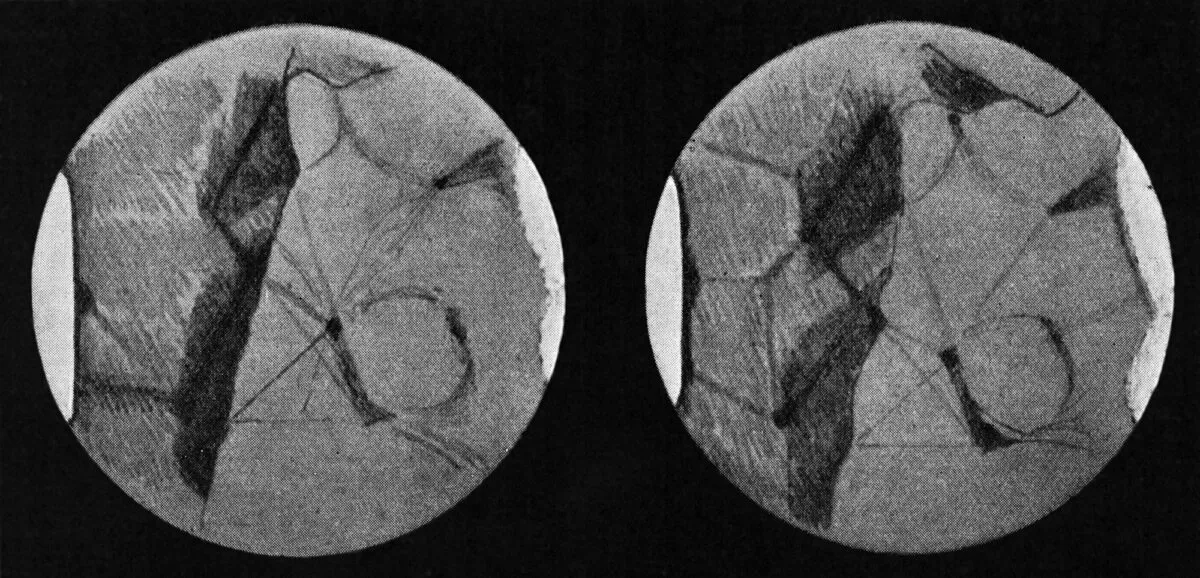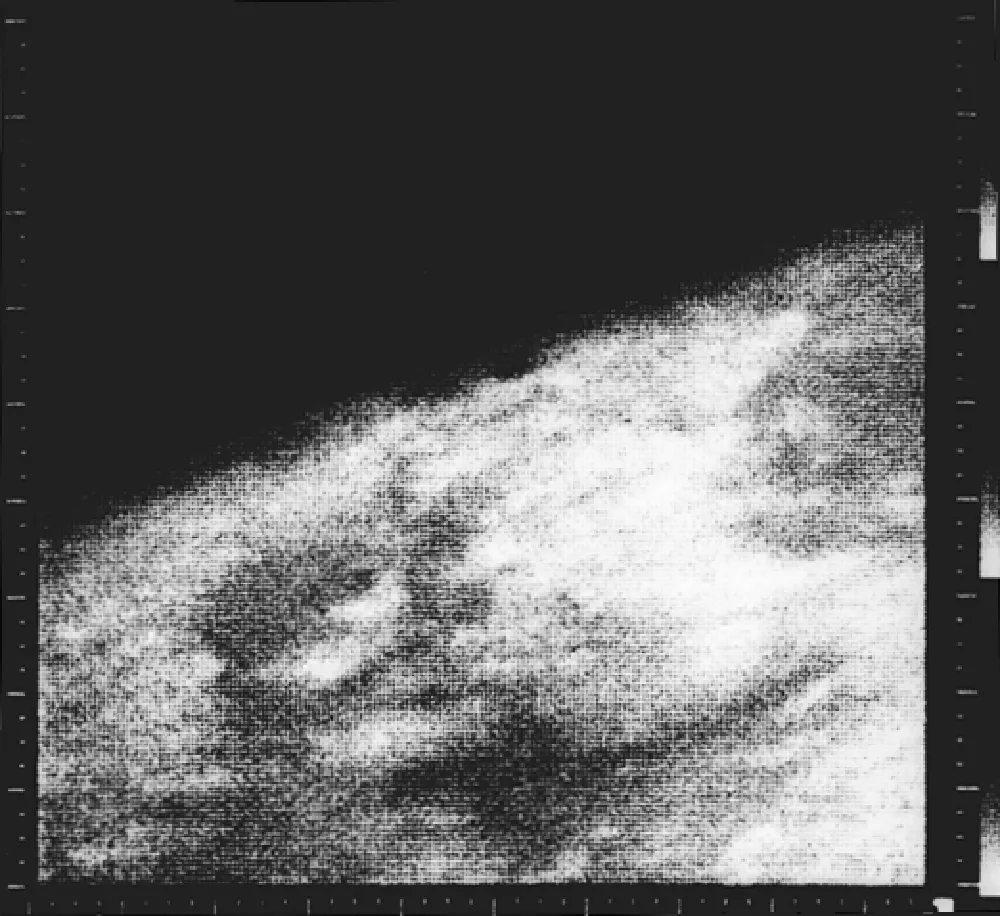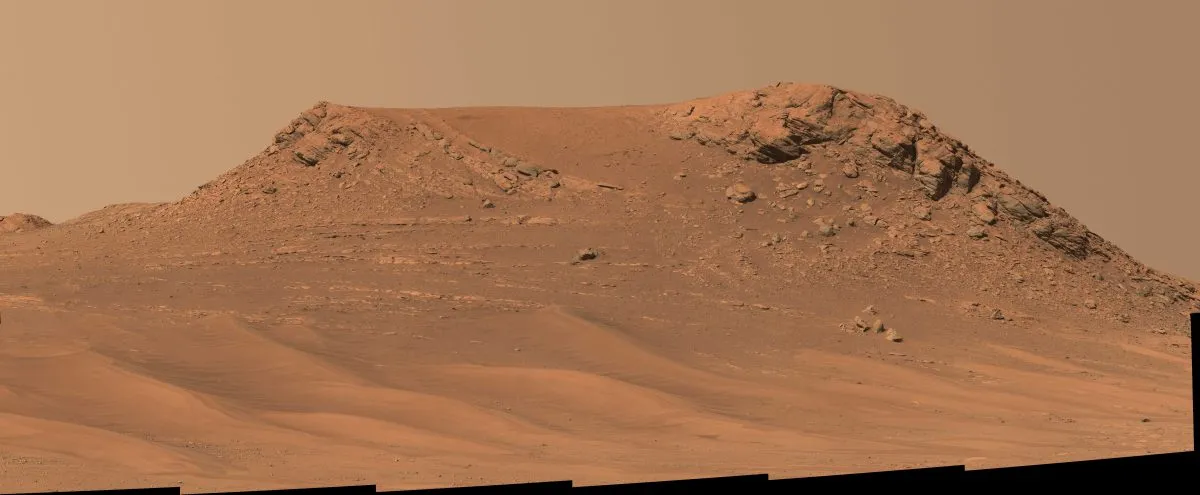The prospect of life on Mars – Earth’s planetary next-door neighbour, an alien world that betrays tantalising hints of a watery past – has bewitched humanity for centuries.
From the ‘canals’ seen by astronomer Percival Lowell, and HG Wells’s fire-spewing tripods, to David Bowie’s glam-rock croons about a girl with mousy hair, life on Mars has captured our imagination as a literal and metaphorical trope.

Could life really exist on Mars?
At first glance, the contrast between the iridescent blues, greens and tans of Earth – awash with water, teeming with life – and the barren, subfreezing, radiation-drenched Mars could hardly be more stark.
Half the size of Earth and 11% as massive, Mars’s orbit around the Sun takes it as near to us as 56 million km (35 million miles) and as far as 400 million km (250 million miles).
Yet the pair do share similarities.
Mars’s 24-hour, 36-minute day mirrors our 23 hours, 56 minutes.
Its axial tilt of 25.19° is close to our 23.44°, producing similar seasons.
But Martian seasons last nearly twice as long, the planet’s more distant orbit taking 687 days to circle the Sun compared to Earth’s 365 days.

Life on Mars has long sat at the forefront of human imagination.
Early ideas regarded the Red Planet as little more than a volcanic wasteland.
But in the 19th century, it adopted a new persona: a utopia, with ‘Martians’ exhibiting character traits of decadence and enlightened intelligence.
One story even imagined them aging backwards, like otherworldly Benjamin Buttons.
Early observations of Mars

Early astronomers stared for hours through telescope eyepieces at Mars’s fuzzy red blob, then sketched what they saw.
In 1877, Italian astronomer Giovanni Schiaparelli observed odd linear markings he called ‘canali’ – channels – later mistranslated as ‘canals’ and thereby suggesting, to English speakers anyway, there might be intelligent life on the Red Planet.
American astronomer Percival Lowell believed these structures to be waterways built by advanced civilisations to irrigate their dying, desiccated planet.
Lowell’s writings caused a sensation, but as improved telescopes revealed Mars in finer detail, it became clear his imagined canals were neither irrigation channels nor linear rows of vegetation, but a case of ‘pareidolia’: the psychological trait of seeing meaningful images in otherwise random patterns.

Still, the question of life remained open. In the first half of the 20th century, Mars became a motif to project humanity’s hopes and fears.
As revolution gripped tsarist Russia, the Red Planet emerged in literature as a setting for class struggles and socialist utopias.
And when two global conflicts consumed millions of human lives, ‘Martians’ morphed into bellicose, destructive figures in pulp-fiction comics.

But science soon proved modern Mars could not harbour complex life.
Science-fiction writers switched gears, regaling their readers with tales of ruinous, extinct civilisations, doubtless inspired by Europe’s shattered state post-1945.
On the eve of the Space Age, they wrote of more rudimentary lichens and tumbleweeds.
Mars’s waterless aridity inspired novels of colonisation, notably Ray Bradbury’s The Martian Chronicles (1950).
Early visits to Mars

In 1965, America’s Mariner 4 became the first space probe to reach Mars, revealing an atmosphere of 95% carbon dioxide that’s 100 times thinner and substantially colder than ours.
The Soviet Mars 2 probe became the first to impact on Mars, in 1971, and showed the planet’s water-vapour content is 5,000 times lower than our atmosphere, with surface pressures of 0.6 kPa (compared to 101.3 kPa on Earth) and mean temperatures of –63°C (–82°F).
That indicated liquid water couldn’t exist on the surface.
And with no global magnetic field, any Martian life was perilously vulnerable to galactic cosmic rays and solar ultraviolet radiation.
If life ever thrived on Mars, it must have existed in smaller, simpler forms.
Later missions offered more hopeful insights. In 1971, NASA’s Mariner 9 hinted that ancient Mars was more clement than the planet’s present-day incarnation.
But NASA’s two Viking landers that alighted on the surface at Chryse Planitia and Utopia Planitia in 1976 found no organic molecules.
Their searches for life proved inconclusive.

Since the 1990s, multiple robotic orbiters, landers and rovers from the United States, Russia, Europe, China, India and the United Arab Emirates have been deployed to significant locations on Mars that may once have hosted flowing water and, by extension, perhaps also the ‘biosignatures’ of life.
Liquid water being a key condition for life as we know it, exploring signs of ancient water in Mars’s uninhabited present has shed new light on a potentially habitable past.

Hints of water on ancient Mars
As early as Mariner 9, features that were strikingly reminiscent of streambeds were found.
The Viking spacecraft identified deep river valleys, eroded grooves in bedrock and hints of torrential ancient rainfall.
In 2012 at Gale crater, NASA’s Curiosity rover detected unambiguous sediments left by vigorous flowing water that might once have been ankle- or waist-deep.

Traces of ancient lakes were also discovered. Gale crater may have been a freshwater lake some 3.8 billion years ago.
Hundreds of ‘closed-basin’ lakes equal in volume to the Caspian Sea, Black Sea and Russia’s Lake Baikal have been found – some formed by precipitation, others by groundwater,
A handful form ‘chains’ 4,500km (2,800 miles) long, with drainage channels similar to the Missouri–Mississippi Rivers.
Some lakes could have been up to 200–250 metres (650–800ft) deep, their putative shorelines revealed in weathered ‘benches’ and scarps.
Water might once have flooded Holden crater at rates 5–10 times faster than the Mississippi River’s discharge.
One lake possibly held nine times more water than all of North America’s Great Lakes put together.

River deltas and long sinuous gullies, knobbly material on crater floors and fan-like deposits hint at fluctuating water levels over time.
Clays that need long-term water exposure to form have been found.
So too have minerals like smectite, kaolinite, prehnite, jarosite, goethite and haematite, all of which only form in water’s presence.
Most recently, NASA’s Perseverance rover has been exploring Jezero crater – an ancient lake – uncovering layered rocks and minerals that form only in the presence of liquid water.

All this suggests that Mars could once have been hospitable to life. Its carbon dioxide atmosphere may have been far thicker (maybe as thick as ours), enabling higher surface temperatures and allowing lakes up to 20km (12 miles) wide, and perhaps a giant ocean rivalling the Arctic Ocean, to have endured for millions of years.
Such habitable conditions were thanks to a 25% lower energy output from the young Sun and a greenhouse effect, induced by the thick carbon dioxide atmosphere, insulating and warming the surface.
Over time, Mars’s magnetic field decayed and most of its atmosphere was stripped away by meteoritic bombardment and the solar wind.

Mars becomes the hostile world we know today
That stripping away of the atmosphere precipitated the planet’s loss of habitability.
Remnant water that didn’t escape into space likely resides in the atmosphere, deep underground or in polar ice caps.
NASA’s InSight probe hinted at liquid water 10–20km (6–12 miles) beneath the surface.
Europe’s Mars Express pointed to possible subglacial lakes under the south polar cap: the first evidence of stable bodies of liquid water on Mars.

Could life have existed on Mars?
While water is a prerequisite for habitability, it is not sufficient on its own.
Other environmental factors – such as the availability of nutrients, a source of energy, a suitable atmospheric composition, survivable temperatures and pressures, low surface toxicity, and protection from galactic cosmic rays and solar ultraviolet radiation – must also be met.
Ground-based simulations indicate that if multiples of these ‘lethal factors’ are combined, the likelihood of finding life – even in supposedly ‘habitable’ areas of the planet – plummets.
No full-scale simulations of Martian surface conditions have been conducted that include all potential ‘biocidal’ elements.
If life ever arose on Mars, it is unlikely to have been complex, multicellular organisms and probably took shape at a microbial level in liquids or sediments.
In 2012, it was suggested that ‘extremophile’ lichens could exist in simulated Martian environments. ‘Halotolerant’ organisms, life forms capable of enduring conditions of complete darkness, low nutrient levels, high pressures and isolation from the atmosphere, may thrive in Mars’s subglacial lakes.

Even the hardiest microorganisms couldn’t survive on Mars’s surface and would quickly succumb to high radiation levels.
Yet radiation modelling suggests that microorganisms buried deeper beneath the surface could persist for 90,000 to 500,000 years.
Survival might also be possible near geothermal hotspots, volcanic lakes or acidic hot springs.
Despite teasing clues of past and present water activity, no conclusive evidence has been found for life on Mars.
And with the likelihood that astronauts might set foot on the Red Planet within the next two decades, it’s possible the first ‘life’ on Mars, the first true ‘Martians’, will not be fearsome tripods, little green men or even microscopic bacteria.
Instead, the first life on Mars might turn out to be… us.
This article appeared in the September 2025 issue of BBC Sky at Night Magazine